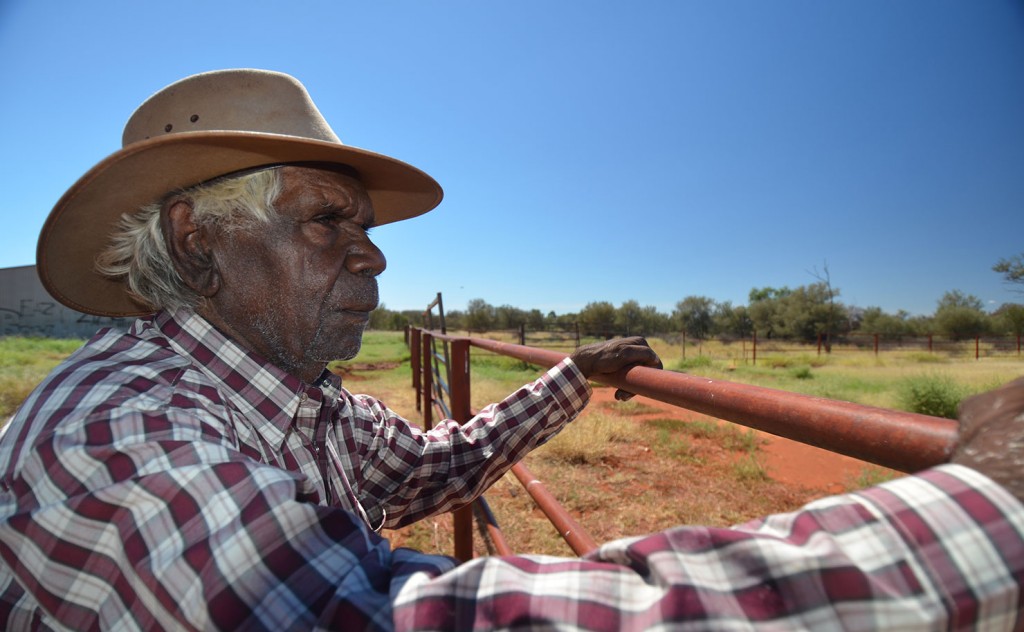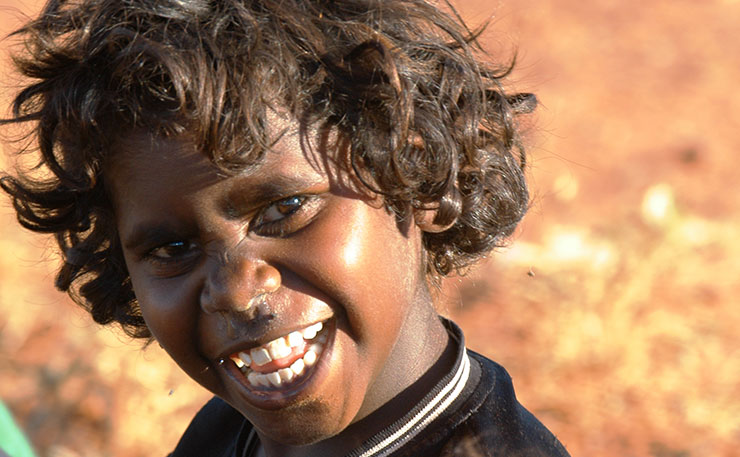Australia’s past treatment of Aboriginal and Torres Strait Islander people is directly relevant to our failure today to ‘close the gap’, writes Cathryn Youings.
Unacceptable.
This term has been utilised by the Lancet, the Australian Human Rights Commission, and the United Nations to describe the social disadvantage Aboriginal and Torres Strait Islander people face in Australia today.
With Closing the Gap targets going unmet, diseases eradicated in all but the Aboriginal community and such unambiguous censure on an international stage, one may think we would be in a national emergency. But alas, the disadvantage Aboriginal Australians still face tends to go unnoticed.
These discrepancies include many aspects, yet none are so devastating as the stark differences in health outcomes between Australia’s First people and the non-Indigenous community.
It is clear after numerous failed intervention attempts by each government of the day that closing the gap is impossible without addressing the systemic and widespread discrimination Indigenous Australians face.
Why is this a health issue?
Health is about survival. Survival of a culture that colonisers tried to stamp out. Survival of the Traditional Owners of this land. The national statistics of health disparity between Indigenous and non-Indigenous Australians shows a modern picture of the devastating effects of history.
The annual Closing the Gap report released earlier in 2017 showed that we are on track for only one of seven crucial targets.
Life expectancy is still on average 10 years lower for an Indigenous Australian compared to their non-Indigenous counterparts. A person of Aboriginal descent is more than three times as likely to have diabetes and four times as likely to have chronic kidney disease. Statistics in chronic disease makes up for 70% of the mortality gap, showing that there is a discernible difference in prevention but also management of disease in Aboriginal patients.
Chronic disease can be a huge personal burden and can result in severe disability. Therefore, life expectancy is not the only factor in play here. We must ensure that Aboriginal people have a quality of life not marred by morbidity and disease.
With the advancement of antibiotics and medical care, diseases such as rheumatic heart disease in Australia are considered preventable. And yet Aboriginal men and women continue to suffer and lose their life from its effects.
An Aboriginal person is 64 times more likely to have rheumatic heart disease compared to a non-Aboriginal person.
In the Indigenous community, we still see many conditions like this that have been effectively eradicated in all other parts of Australia. Indeed, Australian Aboriginal children have the highest recorded rate of rheumatic heart disease on earth. There is nothing more potent to show that this country’s First people have been left behind and degraded to second class citizens.
Why addressing institutionalised discrimination is the only way to close the gap
The social determinants of the health discrepancies between Aboriginal and non-Aboriginal Australians is a stark reminder of the impact of colonisation. The endeavour to close the gap is still in need of vigorous support, and a more evidence based approach.
What is often ignored in this debate is the impact of colonisation and how this perpetuates to the vast arrays of inequalities we see today in Australia. This is a question of human rights, and the ongoing effect of an attempted race dissolution.

Aboriginal people had their land forcibly taken from them, had their children stolen and weren’t recognised as people until 1967. The associated ongoing trauma from this that surpasses generational lines is not to be forgotten and cannot be ignored when discussing how to close the gap. As we have learnt from human rights discourse, when a whole population is marginalised in such a way, how could this not influence health behaviours?
It has been argued that these horrific events took place decades ago and have no place in a modern discussion. This is monumentally naïve. The way that distrust, delusions of superiority and remnants of a violent past can trickle down through time and person makes these ideas hidden but still very much there, and damaging.
Healthcare accessibility is an important issue in rural and remote areas. There is often an inequity of opportunity to see a healthcare professional, thus making preventative care more arduous. Having to travel long distances, away from family and friends is often too difficult and financially impossible.
Cultural competency within the medical profession is not where it needs to be. This can be another significant barrier to health seeking behaviour if no respectful relationship or rapport is formed between patient and health professional.
It is not until we address this root ugliness and dispel the hurtful façade that any real change in systemic discrimination against Aboriginal people can be enacted.
You can’t fight inequality with more control
Even in Australia’s recent history, interventions have been enforced into Aboriginal communities without proper consultation.
We currently see the roll out of a cashless welfare card in communities that have a majority of Aboriginal citizens. This is politicians’ thinking they know best and picking the evidence they want to hear.
A form of control that is so poignantly targeted at Aboriginal Australians has the same echoes of colonial masters dictating the fate and human autonomy of Australia’s First people.
The Australian Human Rights Commission have explained that whilst health access and availability is an issue, this health gap reflects a “non-recognition and non-enjoyment of their human rights and cultural characteristics”. Without addressing these roots of institutionalised racism, assumed cultural pre-eminence and intergenerational trauma, any implemented intervention is just an exercise of superficial vanity.
Leading the way forward
Australia is stuck in a loop of attempt and failure. We have had intervention, after initiative, all announced from a pedestal created by historical advantage with no tangible way to improve relations in this country.
Whilst progress has been made, the ethics behind not addressing how widespread social and historical disadvantage plays a modern role are insupportable.
We cannot afford not to lead by values. Values that unequivocally demand us to listen and consult with communities rather than dictate and further divide.
Our values as a nation are becoming muddied. We cannot ethically claim to be the country of a ‘fair go’ when our dark history is seeping into our present landscape.
Donate To New Matilda
New Matilda is a small, independent media outlet. We survive through reader contributions, and never losing a lawsuit. If you got something from this article, giving something back helps us to continue speaking truth to power. Every little bit counts.






